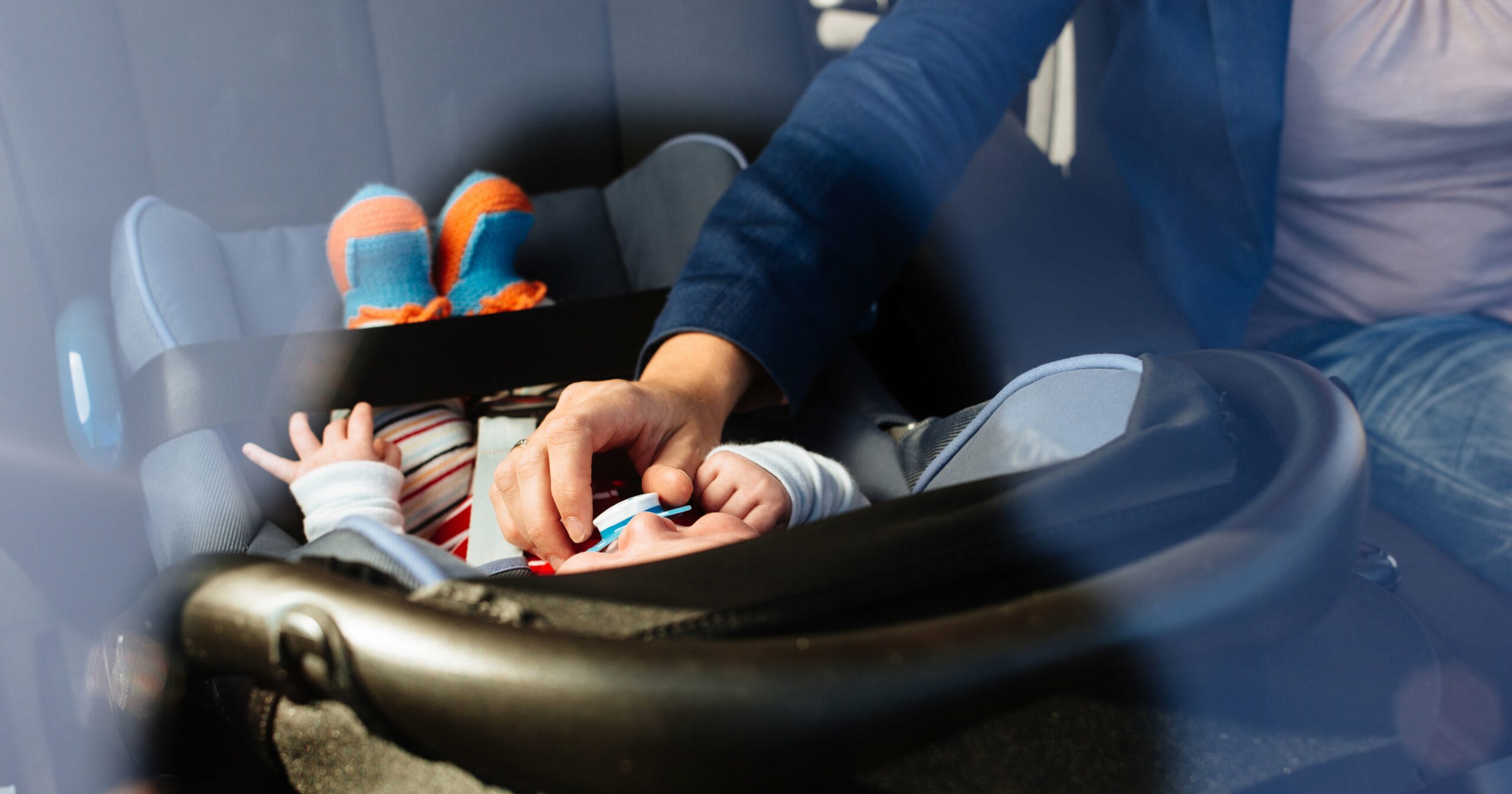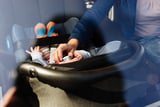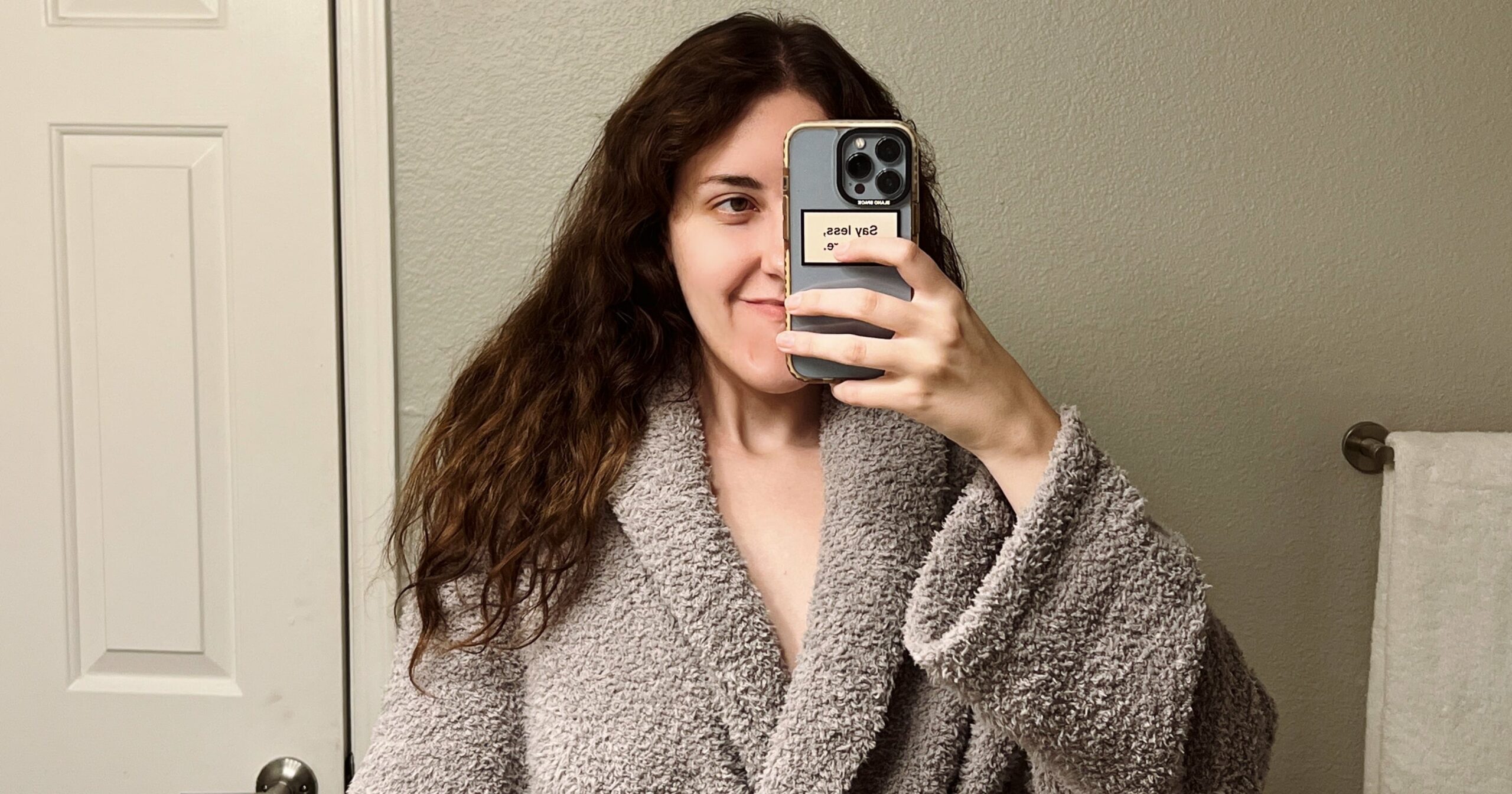When it comes to infant and toddler safety, parents invest a ton of time researching the best gear. For car seats, the decision making process can be overwhelming. Becoming familiar with top brands, safety standards, and recall history are just some of the steps people take prior to making big purchase decisions. Sifting through the options can feel endless so we consulted experts to help you find the best car seat to keep your little one safe and protected.
Also, there is a training and certification, Nationally Certified Child Passenger Safety Technician, that provides in-depth education on car seat safety. And Consumer Reports (the non-profit consumer organization dedicated to independent product testing) released its guide for the best car seats based on extensive testing from its engineers. The organization simulated crash tests and fit tests, ranking seats for ease of use, fit, crash protection, weight range, and more. As a mom of two children, I’ve also been able to put car seats to the test to find the ones that work best for my family.
Experts Featured in This Article
Michelle Pratt is a Nationally Certified Child Passenger Safety Technician and founder of Safe in the Seat.
Karen Reardanz is a baby products and registry expert at Babylist.
Sarah Tilton is a child passenger safety technician instructor and Director of Compliance and Advocacy at Britax.
Jennifer Saxton founder and CEO of Totsquat.
What is an Infant Car Seat?
Designed for newborns, this is a rear-facing car seat. It can be used “on average, 6-15 months” according to Michelle Pratt, Nationally Certified Child Passenger Safety Technician and founder of Safe in the Seat. While they can only be used for a seemingly short amount of time, they offer convenience. “They are easily removable while the baby stays strapped in,” says Pratt. “[The seat] clicks into a car seat base or can be installed baseless and seamlessly snaps into stroller travel systems.” Most parents start with this car seat says Karen Reardanz, baby products and registry expert at Babylist, emphasizing that 80% of Babylist parents register for an infant car seat.
What is a Convertible Car Seat?
This is the longest car seat stage, which Pratt shares is “from around 6 to 12 months, until the child reaches the average age of 6 years.” A child will start facing the rear of the car until they reach one of the car seat’s rear-facing limits and then they’ll move to forward-facing in this seat. It is designed to stay installed inside the vehicle.
What is an All-in-One Car Seat?
These convertible car seats can be used from infant to booster. Yes, the same car seat you use to bring your newborn home could also be used to take your 10 year old to baseball practice. “While infant car seats are rear-facing only, an all-in-one converts from rear-facing mode to a forward-facing seat and eventually to a belt-positioning booster seat to accommodate every age and stage,” says Sarah Tilton, a child passenger safety technician instructor and Director of Compliance and Advocacy at Britax.
What is a Booster Seat?
Boosters are used by children age five to ten years old. The vehicle seat belt is used to secure the child. The child “is now in charge of their own safety since they are no longer harnessed and can move their body,” says Pratt. “That requires a lot of maturity.” She recommends a “child maxes out the limits of their forward-facing, harnessed car seat before moving to this stage.”



